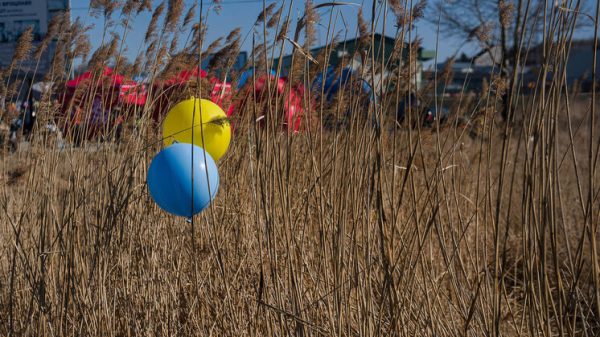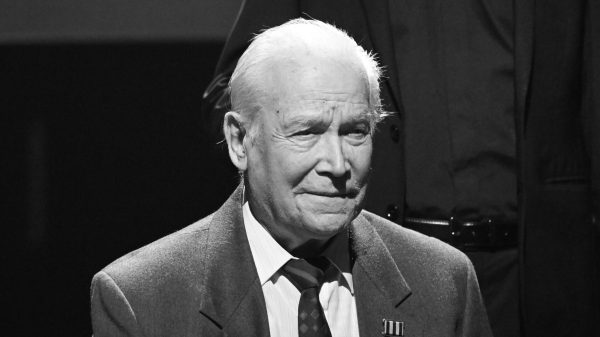When a Google-backed company first considered 12 acres of industrial land along Toronto’s waterfront, it saw a blank slate that would let it design a hi-tech, futuristic city.
Algorithms would ease congestion on heated roads. Autonomous vehicles would shuttle residents past towering wooden skyscrapers. And by closely studying millions of residents, computers could learn how to make the city more livable.
Sidewalk Labs pledged to make Toronto one of the world’s first “smart” cities. But skeptics saw a darker side, which included thousands of cameras monitoring streets, storefronts and parks, and harvesting data on the smallest movements.
‘Irrelevant’: report pours scorn over Google’s ideas for Toronto smart city
Read more
Now, Canada’s largest city is moving towards a new vision of the future, in which affordability, sustainability and environmentally friendly design are prioritized over the trappings of new and often untested technologies.
In announcing its new vision this week for Quayside, Toronto has backed away from many of the previous plan’s most futuristic promises, a move experts say reflects growing skepticism over technology’s role in urban planning decisions.
“Quayside will usher in a new chapter in Toronto development. It will remind people of everything they want from living in the city and demonstrate what is possible when vision, passion and design excellence are brought together,” Waterfront Toronto said in a statement.
The call for new development proposals comes nearly a year after the city and Google-affiliated Sidewalk Labs parted ways – a stinging defeat for a project championed by the Canadian prime minister, Justin Trudeau, and Eric Schmidt of Google, who had promised a community built “from the internet up”.
Before the partnership was called off, the project had come under sharp criticism, amid questions over privacy and fears of “surveillance capitalism”.
“The initial plans were definitely scary for a lot of people … it felt like [Quayside] was going to become a technology-based gated community, where everything was monitored behaviour, personal data is collected by thousands of cameras,” said Jasmine Mohamed, a Toronto resident completing her graduate degree in urban planning. “I’m glad that’s no longer a priority for the new vision.”
Instead, the new plan centres on affordability, low-carbon design and an emphasis on local and minority-owned businesses.
While it retains a number of elements from the initial glossy renderings – such as wooden skyscrapers – the new plan focuses more on integrating elements of Lake Ontario into parks and recreational amenities.
For a city already grappling with a housing shortage and affordability crisis, the plans need to be ambitious if Toronto hopes to achieve any degree of equity, warns Mohamed.
“The pandemic has brought disparities in the city to the forefront. It’s hit low-income areas so hard. And so this it’s an opportunity for the city to be bold.”
In rejecting a technology-heavy approach, Waterfront Toronto appears to be returning to its original development goals.
“The idea of a smart city sounds really nice. It’s new, it’s innovative and it’s world-leading. It promises to make hard problems simpler and easier and faster to solve,” said Shoshanna Saxe, a civil engineering professor at the University of Toronto. “But when you dig into the details of these pitches, they really tend not to work very well.”
As an example, she pointed to the “smart” rainwater monitoring system proposed by Sidewalk Labs as a way to avoid flooding. But the idea, she says, was premised both on the notion that weather systems that caused the worst damage could be predicted – and that the city wouldn’t lose power during a severe storm.
Saxe highlighted the need for decision makers to take a far longer view of city infrastructure.
Canadian cities take wooden skyscrapers to new heights
Read more
“We’re often easily distracted by the idea of something new and flashy, but then we learn it’s quite hard to deliver on those promises,” she said. “And while we’re chasing something flashy, the problems become more entrenched and it becomes harder to deal with them.”
In lessening its reliance on technology, Toronto has also sent a broader message to other cities flirting with the prospects of developing their own “smart city”, said Mike Lydon, a New York-based planner
“The original Quayside development was a cautionary tale to many other cities as not to over-promise the outcomes of a smart city,” he said. And with the coronavirus pandemic highlighting the need for human connections, he believes planning decisions will need to centre on residents.
“To bet the farm on technology that redesigns our entire streets and relies on apps and sensors doesn’t really jive with how human beings actually use public spaces – and how they want to live in cities.”

























































Свежие комментарии